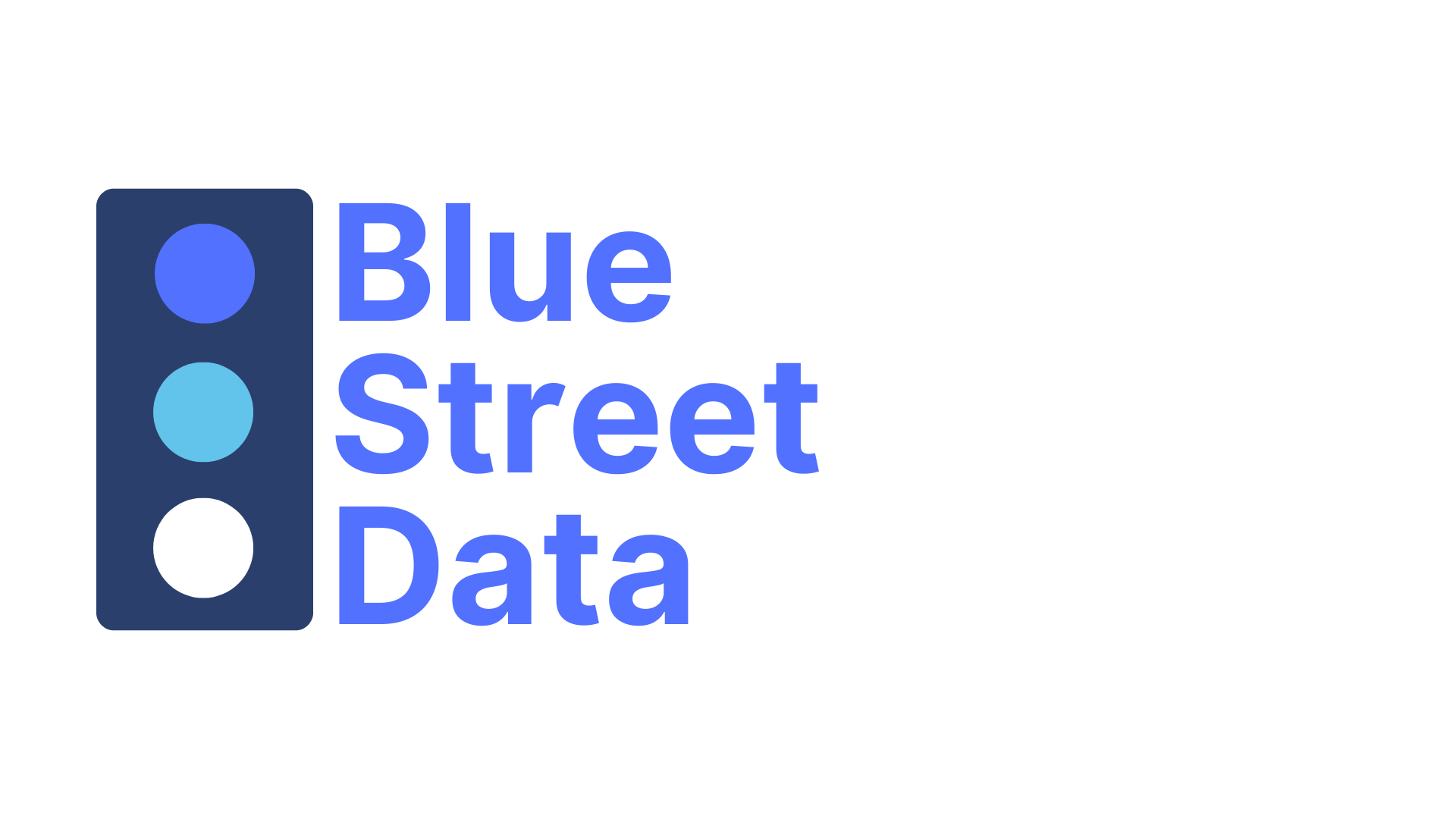Many nonprofits are deeply mission-driven—but without external data, their advocacy efforts can fall flat. Only 31% of nonprofits have engaged in advocacy in the last five years, and many that haven’t say they don’t see it as relevant. That’s not a gap in purpose—it’s a gap in information.
By combining internal community insights with legislative data, public opinion research, and policy trends, nonprofits can align their advocacy with what their communities truly care about—while increasing impact, engagement, and funding.
Why External Data Strengthens Advocacy Outcomes
✅ Prioritize issues that matter most to your community
✅ Improve campaign effectiveness with data-backed strategies
✅ Increase trust and engagement by aligning with real needs
✅ Form smarter coalitions with aligned grassroots and policy groups
How It Works
🔹 Use NLP and Topic Modeling to surface key public concerns and sentiment
🔹 Run simulations to test the effectiveness of different advocacy scenarios
🔹 Segment community needs and campaign types to personalize engagement
🔹 Identify patterns between community data and legislative impact using association models
Real-World Impact: Advocacy That Drives Results
In Houston’s Gulfton neighborhood, community advocates partnered with Rice University to assess pedestrian conditions. The data revealed serious sidewalk accessibility issues—resulting in $625K in public and private investments for infrastructure improvements.
📩 Want to lead advocacy efforts your community will rally behind? Let’s talk about how external data can help you amplify your mission and drive action.
